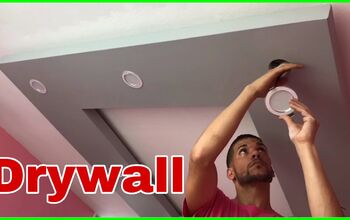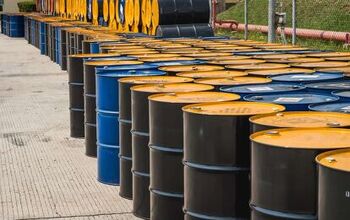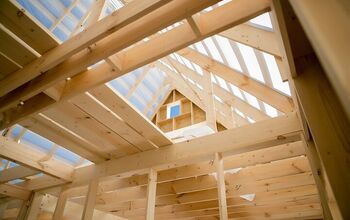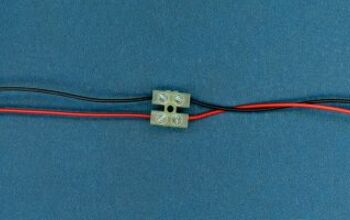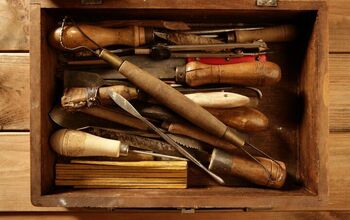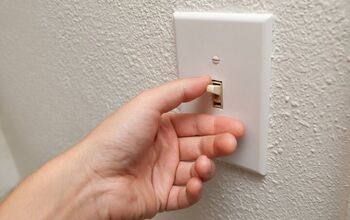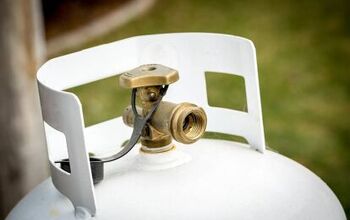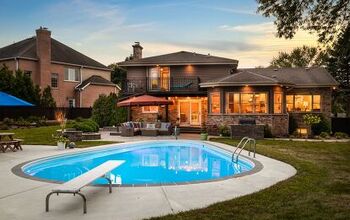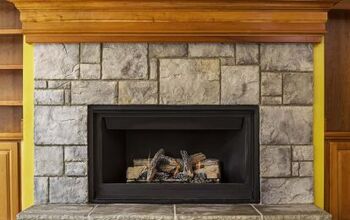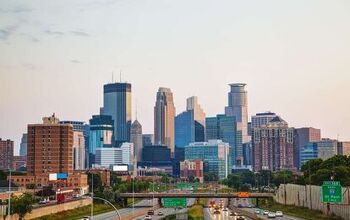Why Do I Hear Water Dripping/Flowing Under My Stairs?

Nobody wants to hear water dripping and flowing in their house, as that means repairs are necessary. However, you can’t get into the repair mindset until you find the root of the problem, which isn’t always easy. So, why do I hear water dripping and flowing under my stairs?
You may hear water dripping and flowing under your stairs because of excessive pipe condensation. This can also happen because of severe drain clogs, which can cause water to leak due to the pressure. Otherwise, the dripping sounds may be coming from foundation cracks that let water in and corroded plumbing.
Don’t panic when you hear water flowing under your stairs. You can fix the problem before it gets out of hand if you act fast and call a plumber or contractor. Follow along as we explore why you hear water dripping and flowing under your stairs and highlight common fixes.
Six Reasons Why You Hear Water Flowing Under Your Stairs
Naturally, water leaks come in all shapes and sizes, and identifying the cause can be difficult. However, you can narrow things down if you know the sounds are coming from under your stairs. This typically happens from one of six common causes, such as:
1. Clogged Pipe
Pipe clogs are among the most common plumbing problems, and nearly every homeowner experiences them eventually. Clogs cause leaks due to the extra pressure that healthy pipes don’t typically experience. Water can eventually leak out from the seals, as they can’t withstand the extra pressure.
Depending on the pipe and seal’s location, water may flow and drip beneath your stairs. The sound can be disconcerting if you’ve never heard it before. You may hear the water flow when you run plumbing fixtures, such as faucets and showers.
While some homeowners can fix minor clogs beneath their sinks, a plumber is probably needed if water flows beneath your stairs. That’s because it may require minor construction, such as cutting through the walls. The fix may cost between $120 and $800, plus at least $450 to $1,300 to repair any water damage.
2. Excessive Condensation
Do you hear water dripping and flowing under your stairs after significant temperature changes? If so, it’s most likely due to condensation caused by hot air meeting cold pipes or vice versa. Hot air meeting cool pipes can cause condensation to form when you run the air conditioner during the summer.
The same thing can occur during the winter when your pipes are cold and you run the furnace. That’s especially true if your home and pipes are poorly insulated. Insulation can protect your pipes from thermal expansion during extreme heat and cold weather.
Without insulation, condensation will continually drip, and it may eventually pool somewhere. Once the puddle overflows, it may run down under your steps. You can largely prevent this problem if you insulate your pipes and reduce the indoor humidity with a dehumidifier.
3. Corroded Plumbing
Corrosion is a natural part of metal plumbing, and it’s eventually bound to have adverse effects. Corroded pipes leak somewhat differently than cracked pipes, depending on the severity. For example, cracks often form quickly due to physical trauma from force and temperature fluctuations during winter.
However, corrosion takes years to set in, and it comes along with many different symptoms. For example, the leaking water may smell metallic and appear discolored due to rust. Corroded pipes typically appear rusty and have rough, discolored flakes on the surface.
The downside is that you may have to open the wall to identify the problem and remove the rotten pipe or pipes. This can be difficult and expensive, but it’s worth hiring a professional if you have limited plumbing experience. It costs $150-$500 to replace small corroded pipe sections, whereas big jobs cost up to $5,000.
4. Overflowing AC Condensate Line
Do you know where your air conditioner’s drain line runs? Some people have AC condensate lines that run into their basements, which may explain the flowing and dripping sounds. In that case, water may not be running under your stairs, but into a drain in the basement.
That’s especially true if you notice the dripping and flowing sounds when you run the AC. An AC condensate line runs into a drain pan, which may run to a floor drain. Depending on the routing, it may sound like water is running under your stairs.
AC drain lines overflow when they’re clogged with debris, such as dust and pet hair, in most cases. Luckily, you can unclog a condensate line with a wet/dry vacuum if you shut the AC off. Otherwise, you can expect to spend between $70 and $250 to hire an HVAC technician to unclog the condensate line.
5. Water Seeping In From Outside
Dripping and flowing sounds can be deceiving, and they may have nothing to do with your plumbing. For example, water may seep into your basement and lower levels if you have clogged gutters. That’s especially true if the downspout is damaged and clogged with debris.
Water will eventually accumulate, back up, increase in pressure, and seep into your home. Once this happens, you may hear and see water build up in your basement. Check your basement for leaks right away if you hear dripping and flowing sounds under your stairs.
You may find water pooling in the corners of the room and along the walls. First, you must mop up the water, lay some towels down, and call a local gutter contractor. They may clean your gutters, replace them, and install gutter guards. However, you may also have to pay for a water restoration service if you find substantial water damage.
6. Foundation Leak
Just as gutter clogs can make water seep into your home, so too can foundation problems. Foundations can suffer damage from cracks, soil expansion, pipe leaks, tree roots, and more. Once this happens, water may seep into the foundation and cause major problems.
Foundation damage may be to blame if you can’t find where the sound of water flowing is coming from. You must call a foundation specialist and schedule an inspection right away if you rule everything else out. Foundation inspections typically cost between $300 and $3,000, depending on home size, but many people pay under $750.
Luckily, small foundation repairs cost roughly $2,200 to repair, but bigger repairs cost up to $9,000. You can prevent further damage if you regrade your yard, replace your gutters, and extend your downspout. Never plant trees and bushes within 10 to 20 feet of your house, as the roots may damage the foundation and cause leaks.
Summing It Up
You may hear water dripping beneath your stairs because of a nearby pipe clog. This can also happen because of corroded plumbing, which releases rusty water that may flow under your stairs. Otherwise, it may be due to a foundation crack, a clogged AC condensate line, or water seeping in from outside.
Related Guides

Nick Durante is a professional writer with a primary focus on home improvement. When he is not writing about home improvement or taking on projects around the house, he likes to read and create art. He is always looking towards the newest trends in home improvement.
More by Nick Durante

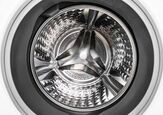



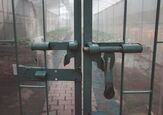
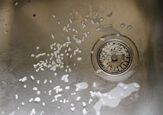




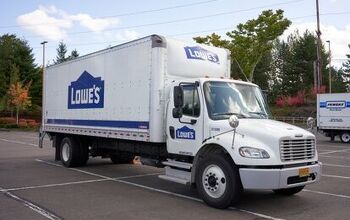
![10 Best Scroll Saws for 2022 [Ultimate Reviews & Buyer's Guide]](https://cdn-fastly.upgradedhome.com/media/2023/07/31/9070684/10-best-scroll-saws-for-2022-ultimate-reviews-buyer-s-guide.jpg?size=350x220)
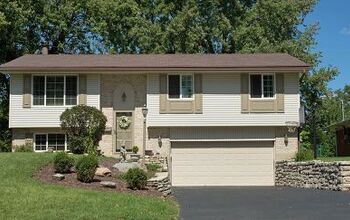
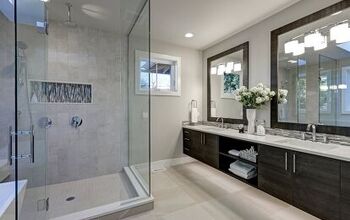

![Cost To Drill A Well [Pricing Per Foot & Cost By State]](https://cdn-fastly.upgradedhome.com/media/2023/07/31/9074980/cost-to-drill-a-well-pricing-per-foot-cost-by-state.jpg?size=350x220)
